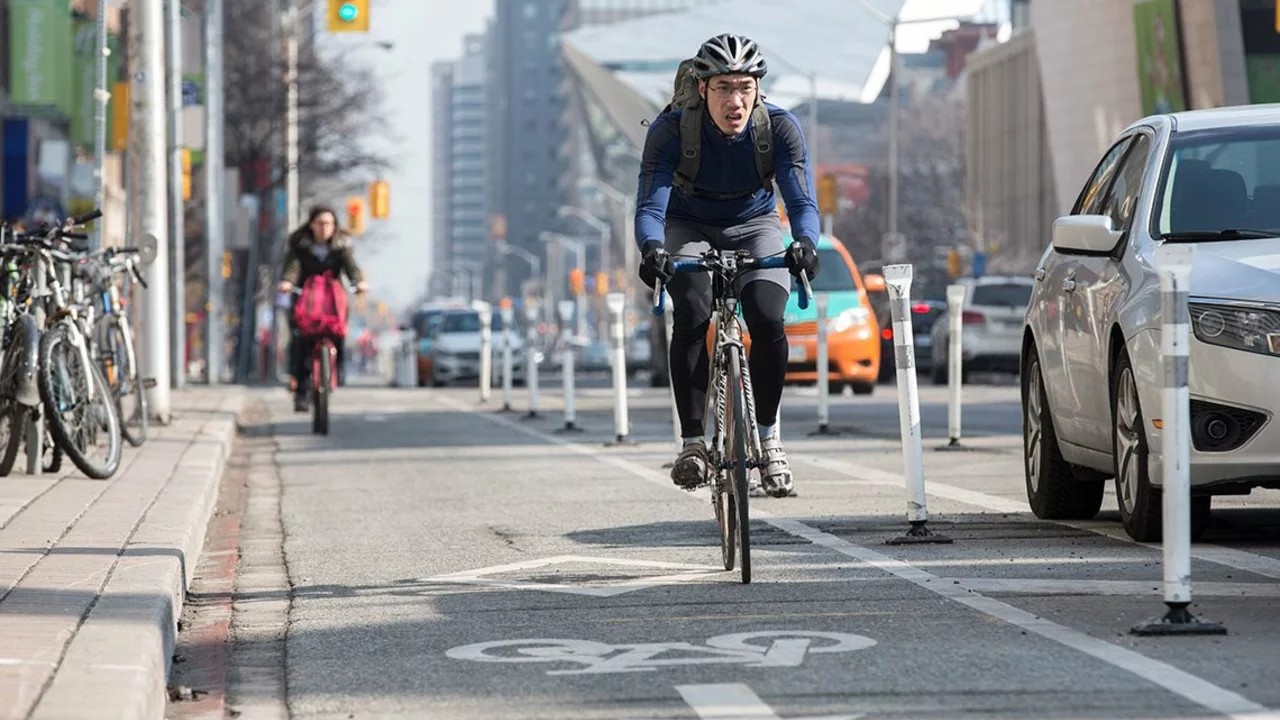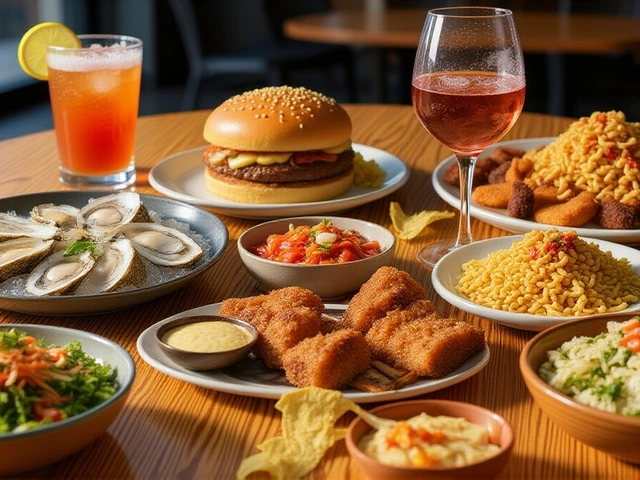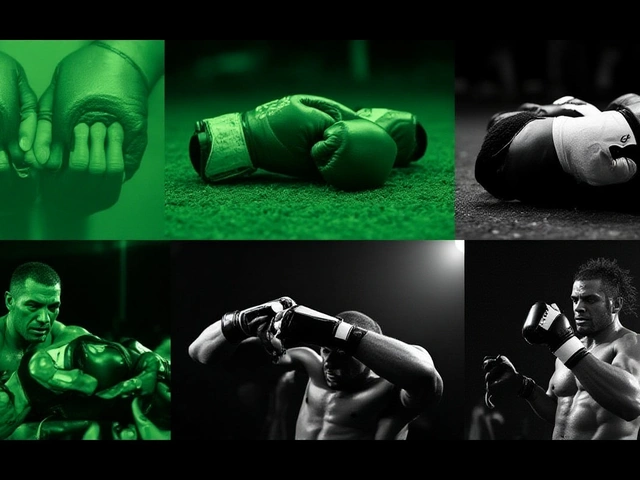Urban Cycling: Real Tips for Riding the City Streets
Living in a city means you’re surrounded by traffic, crowds, and endless bike lanes. Whether you’re commuting to work, running errands, or just cruising for fun, urban cycling can feel like a puzzle. The good news? With a few simple habits you can ride safer, faster, and with more joy.
Why Urban Cycling Matters
Cars dominate most streets, but bikes are quicker in traffic jams and cheaper than a car. Riding helps the planet, saves money, and keeps you fit. In Spanish cities like Barcelona and Madrid, bike‑friendly policies are growing, so now is the perfect time to hop on.
Most people think you need a fancy road bike to enjoy the city, but that’s not true. A sturdy hybrid or a BMX‑style bike with wide tires works just fine on potholes and curbs. The key is knowing the rules, staying visible, and keeping your bike in good shape.
Practical Tips for City Riders
1. Gear up for visibility. Wear bright clothing and add reflective stickers to your bike. A front white light and a rear red light are must‑haves, even in daylight. Drivers notice lights faster than a colored jacket.
2. Master the hand signals. Point left or right with your arm to show where you’re turning. A simple down‑hand signal means you’re stopping. These signals let drivers anticipate your moves.
3. Choose the right route. Use bike‑lane maps on the city’s website or apps like Strava. Even if a lane looks narrow, it’s often safer than riding on the sidewalk where pedestrians may swerve.
4. Keep your bike tuned. Check tire pressure weekly – under‑inflated tires waste energy and can pinch‑flat. Brake pads should squeak just a little; if they feel spongy, adjust the cables.
5. Stay alert. Put your phone away and listen through earbuds at low volume. Sensors on cars can miss a cyclist if you’re distracted. Look ahead, but also scan the side mirrors of nearby cars.
6. Practice safe overtaking. If a car needs to pass, give them space by moving to the side of the lane, not into the curb. When you need to pass a slower rider, give at least one meter of clearance.
7. Use a lock that’s hard to break. D‑locks or a sturdy chain with a high‑security lock keep thieves away. Lock the frame and both wheels to a solid object.
8. Ride with confidence. Nervous riders often jerk the bike, which can cause accidents. Keep a relaxed grip, pedal smoothly, and anticipate what drivers might do.
These habits are easy to adopt and make a big difference. After a week of following them, you’ll notice traffic seeming less intimidating.
Urban cycling isn’t just a mode of transport; it’s a lifestyle that mixes convenience, fitness, and fun. The more you ride, the more you’ll discover hidden shortcuts, cool coffee spots, and a community of fellow cyclists who share your route. So grab your helmet, check your bike, and hit the streets – the city is yours to explore.
Well, my friends, we're diving into the age-old debate of biking in the suburbs versus the city. Now, if you're a thrill-seeker, you might argue that the city's hustle and bustle make for an exciting ride. However, the 'burbs, with their peaceful streets and fewer cars, tend to take the cake for safety. So, if you want your heart to race, go city. But if you fancy keeping all your teeth intact, I'd suggest the suburbs. Happy pedaling!
Read more





